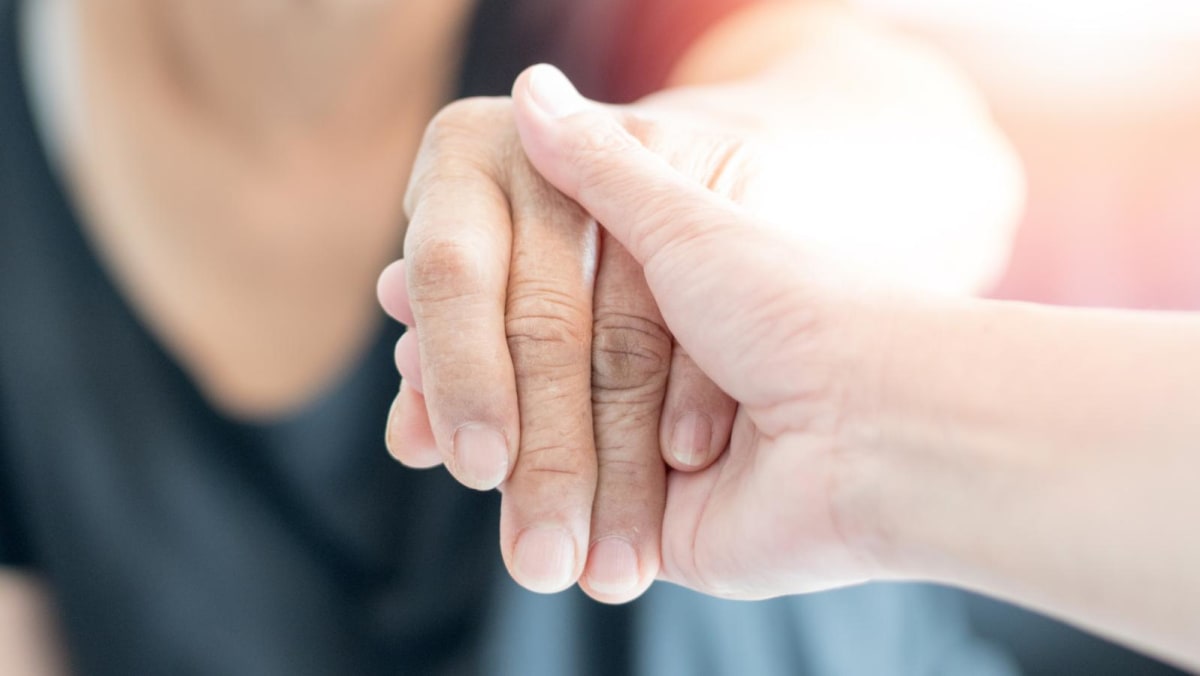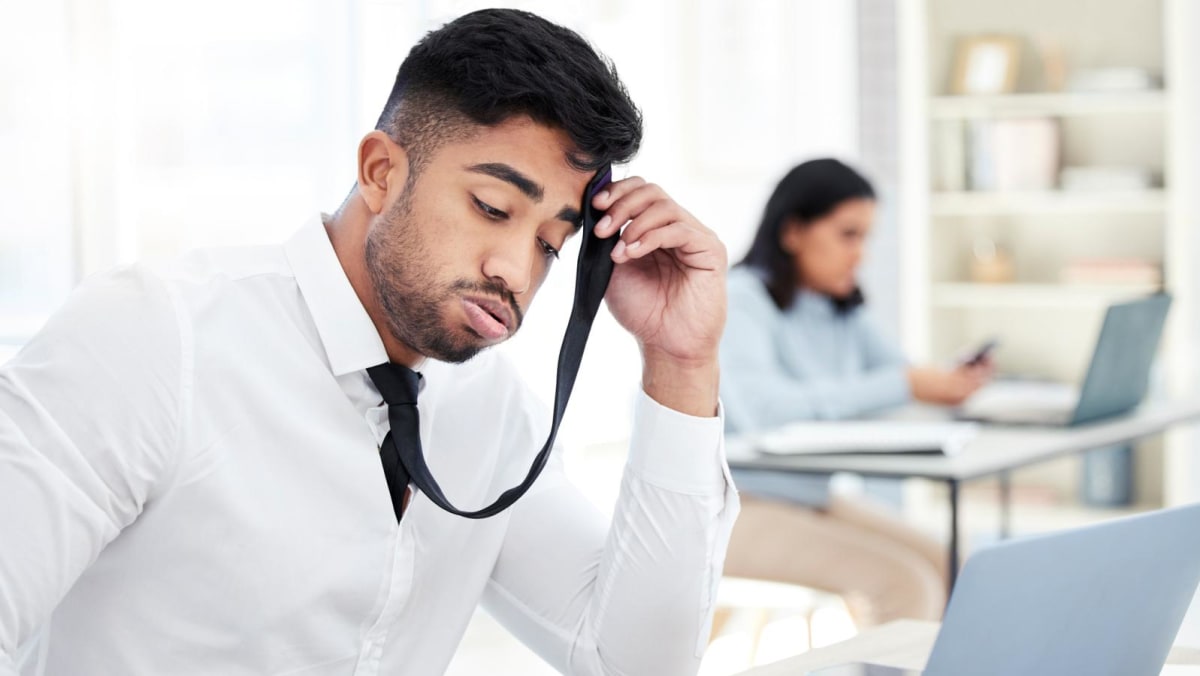After staring at your laptop for hours or scrolling through social media on your phone, you may sense a heavy achiness or bleary-eyed feeling creep in.
These common, uncomfortable sensations are signs of eye strain, an umbrella term for symptoms like dry or watery eyes, temporary blurry vision, eye redness, soreness and headaches. Computer vision syndrome or digital eye strain fall under this umbrella, too. But screen time isn’t the only thing that can tire your eyes.
Activities like reading, writing and needlework can also make your eyes ache, said Mika Moy, a clinical professor in the Herbert Wertheim School of Optometry & Vision Science at the University of California, Berkeley. It’s often the first-year law students with tons of reading assignments who visit Dr Moy’s office with eye strain, she said.
Symptoms can be “really, really annoying”, but they’re temporary, said Dr Avnish Deobhakta, an ophthalmologist at the New York Eye and Ear Infirmary of Mount Sinai. And you don’t need to worry about eye strain leading to long-term eye damage, he added.
WHY DOES EYE STRAIN HAPPEN?
There are several reasons for eye strain. For one, people often blink less when staring at screens or reading intently, said Dr Dave Patel, an assistant professor of ophthalmology at Mayo Clinic in Arizona. Blinking keeps your eyes lubricated, and doing it infrequently dries them out – causing blurry vision, stinging or a gritty feeling.
Taking a break from activities causing strain or using artificial tear drops can help, he said. But if you deal with dryness every day, wake up with mucus in your eyes, or notice that symptoms don’t improve with rest, talk to an eye doctor. They can check for conditions such as chronic dry eye that may require treatment with prescription medications.
Eye strain also happens when the ciliary muscle, which helps the lens in our eye to focus, becomes tired, Dr Deobhakta said. “We would never question our feet requiring a break after a marathon,” he added. When staring at something for a long time, Dr Deobhakta said, “we’ve now decided to run marathons with our eyes”.
As the ciliary muscle contracts, it naturally changes the shape of the eye’s lens, Dr Patel said. But as we age, the lens hardens and doesn’t bend as easily, making it difficult to see clearly close up. This condition, presbyopia, is the reason people in their 40s and older are more likely to need reading glasses, he said, though it’s possible to fatigue the ciliary muscle and experience eye strain at any age.
Your eyes may also ache if you’re using glasses with the wrong prescription, or if you don’t wear glasses when you need them, experts said. “It would be like wearing the wrong shoe and your foot has grown,” Dr Deobhakta said. So if you feel strained when wearing your glasses or contact lenses, or if it’s been more than a year since your last eye exam, get a checkup from your eye doctor.
SO, WHAT CAN I DO ABOUT IT?
Chat with an eye doctor if you notice new symptoms, experts said. A provider can identify underlying conditions or recommend medications and prescription lenses.
And if you’re simply worried about eye strain, experts have tips to minimise it on your own.
1. Follow the 20-20-20- rule. If you plan to stare at a screen or read a book for a while, take a break every 20 minutes by looking at something at least 20 feet (6 metres) away. Do that for 20 seconds or longer. (Some research suggests 20 seconds isn’t long enough.)
2. Lubricate your eyes. If your eyes feel dry, consider single-use, artificial tears that don’t contain preservatives, which may cause irritation, Dr Moy said. Check the ingredients label and opt for artificial tears that have phrases like “preservative-free” on the packaging.
3. Remember to blink. Thinking about blinking may feel silly, Dr Moy said, but it’s a great way to prevent your eyes from drying out and feeling uncomfortable. Consider placing a note with a reminder next to your computer or the book you’re reading, experts said.
4. Use a warm compress. Run a washcloth under warm water and gently place it over your eyelids for about 10 minutes once or twice a day, experts said. The compress stimulates the glands that release oil, preventing tears from evaporating too quickly, Dr Patel said. But eyelids are thin and sensitive – so, to prevent burns, avoid pushing the compress onto your eyes, Dr Moy said.
Sitting still with a cloth over your eyes may feel like a big ask when you’re busy, she said. But you can use the time to relax: “Do some deep breathing,” Dr Moy added. “Have a little spa day.”
By Katie Mogg © The New York Times Company
The article originally appeared in The New York Times.














